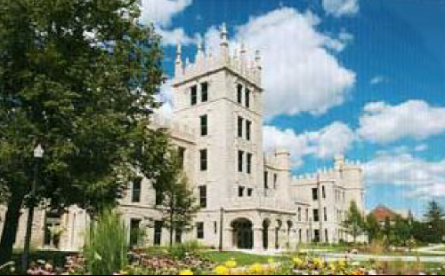
Restoring an historically important building takes special skill, care and an eye for its unique architectural heritage and aesthetic qualities. At Restore Masonry, we’re called on time and again to perform sensitive, complex historical restorations, both because of our masonry craftsmanship and because we invest the time into uncovering solutions that both strengthen and protect a building while uncovering and revealing its original beauty.
Historical Mortars
Restoring historical mortar starts with careful analysis of its existing mortar to determine its lime and sand content. Replacement mortar must have similar permeability and compressive strength so it doesn’t compromise existing masonry units. Until the late 19th century, masons primarily used mortar consisting of one part lime and three parts sand. Today, the most commonly used mortar has less lime and at least one part hydraulic cement.
Determining sand content also aids in matching the replacement mortar’s color with that of the existing mortar.
Low-Pressure Washing
Careful cleaning can help ensure existing masonry units aren’t damaged during the process. Improper cleaning can lead to deterioration of both masonry units and mortar. A low-pressure washing of less than 100 psi and the aid of a natural-bristled brush can help in safely cleaning historical masonry.
Tuckpointing
Maintaining a building’s historical appearance is essential in the tuckpointing process. So we carefully examine the jointing techniques used during the building’s construction. Horizontal joints and vertical joints can differ from one another, just as each elevation may be tooled differently.